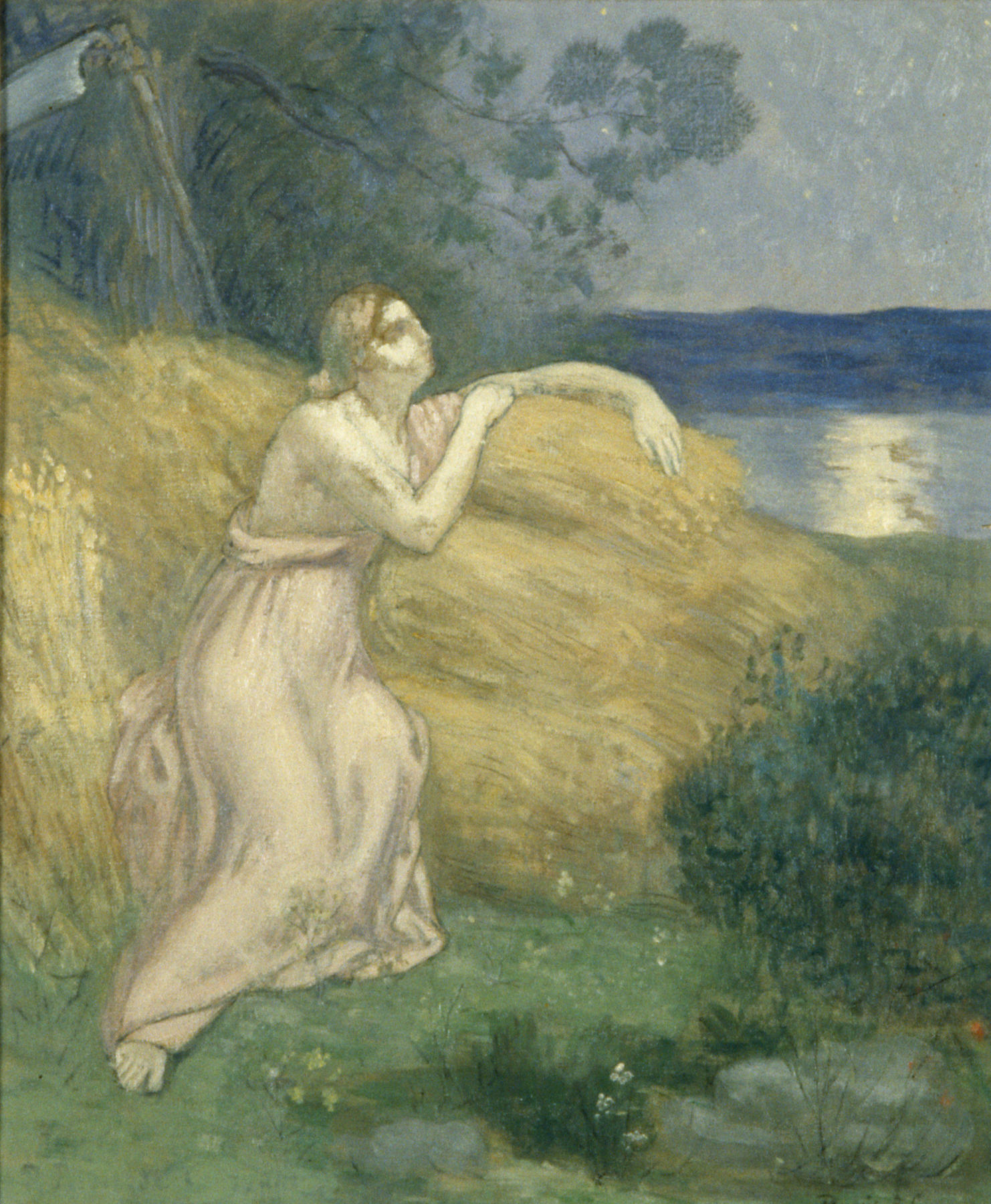Au Clair de la Lune (In the Moonlight), Pierre Puvis de Chavannes
Artwork Overview
Pierre Puvis de Chavannes, artist
1824–1898
Au Clair de la Lune (In the Moonlight),
1885
Where object was made: France
Material/technique: oil; canvas
Dimensions:
Canvas/Support (Height x Width x Depth): 46 x 38.1 cm
Canvas/Support (Height x Width x Depth): 18 1/8 x 15 in
Canvas/Support (Height x Width x Depth): 46 x 38.1 cm
Canvas/Support (Height x Width x Depth): 18 1/8 x 15 in
Credit line: Gift of Harold Kaye
Accession number: 1956.0051
Not on display
If you wish to reproduce this image, please submit an image request










